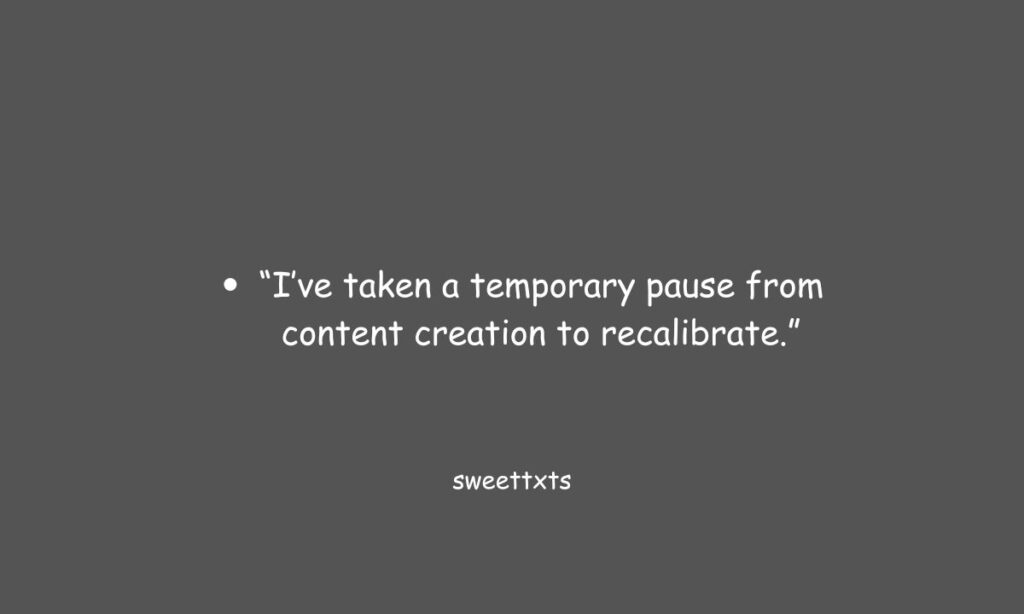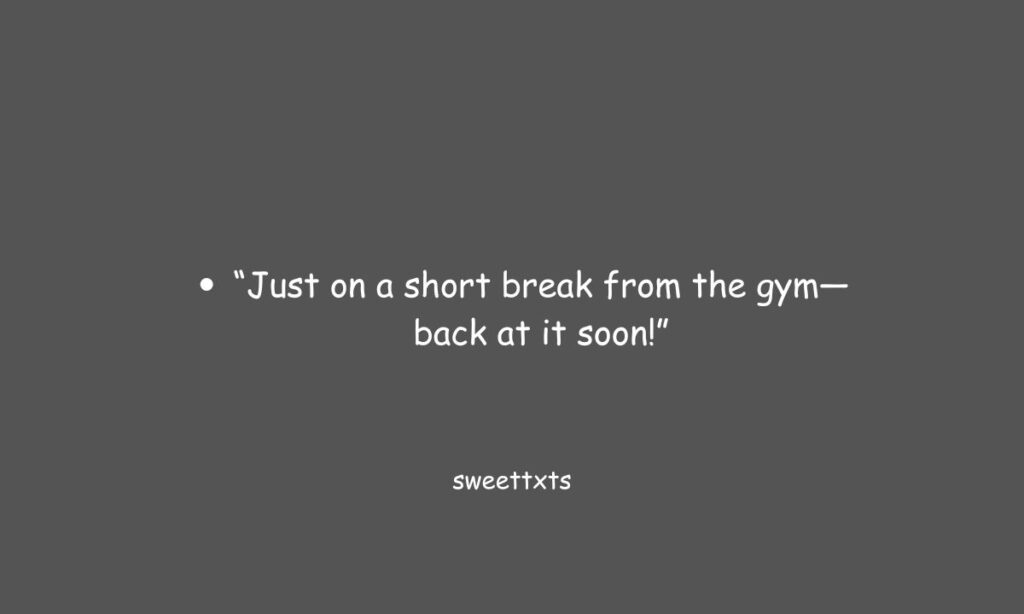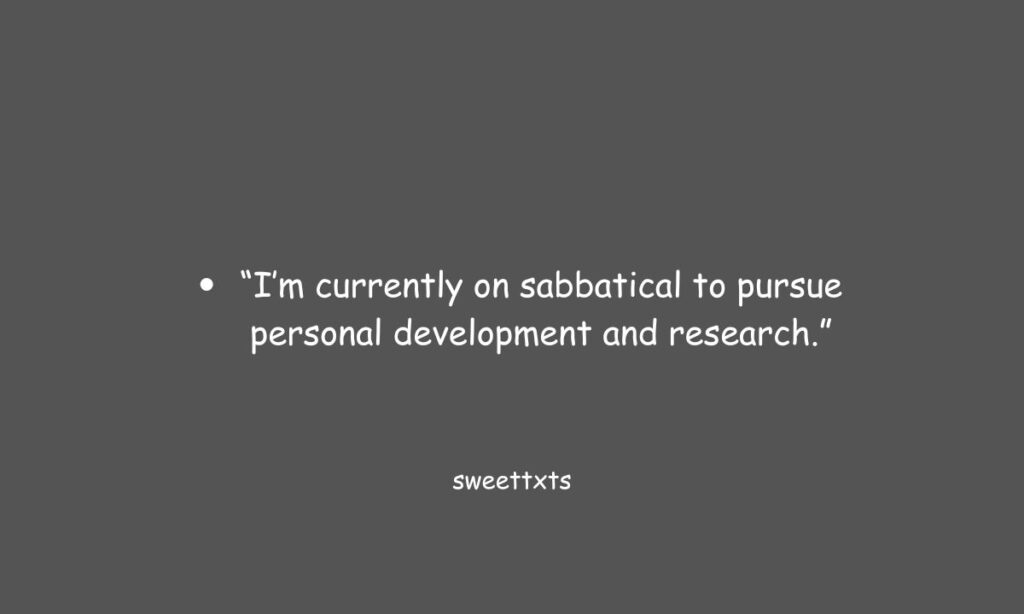Tattoos often carry deeply personal symbolism, and the Medusa tattoo is no exception. Rooted in Greek mythology, this iconic image has evolved far beyond its ancient origins. Today, it represents themes of power, trauma, and transformation.
For some, Medusa embodies female rage and strength, a symbol reclaimed in modern times. For others, she reflects protection, rebellion, or a turning point in personal identity. Understanding the meaning behind a Medusa tattoo requires diving into both myth and modern interpretation.
In this article, we’ll also uncover the layered connotations behind “hiatus” and explore how the phrase “Medusa tattoo meaning” is used in text. Additionally, we’ll provide a polished guide with 15 refined ways to say “hiatus” politely and professionally, ensuring you always strike the right tone.
Medusa Tattoo Meaning: A Symbol Beyond the Myth
The image of Medusa originates from Greek mythology, where she was one of the three Gorgons—monstrous sisters with snakes for hair and a gaze that could turn men to stone. However, Medusa’s story goes far deeper than just horror or fantasy.
In some versions, Medusa was once a beautiful maiden who was assaulted by Poseidon in Athena’s temple. As punishment, Athena transformed her into a creature with serpentine locks. This story has since been reinterpreted through modern lenses as a tale of victim-blaming and unjust punishment, positioning Medusa not as a monster, but a survivor.
A Medusa tattoo, therefore, often symbolizes female empowerment, resilience, and defiance against injustice. It can reflect a reclaiming of narrative—a way of showing that one has faced trauma, yet emerged powerful and transformed.
Modern Interpretations of Medusa Tattoos

Over time, the Medusa tattoo has taken on different meanings depending on context. While some may choose it purely for aesthetic reasons, others identify deeply with its symbolism.
Common meanings include:
- Protection from harm or toxic influences
- Empowerment after trauma or abuse
- Feminine strength and authority
- Transformation and rebirth
- Inner beauty hiding behind perceived danger
- Warning to others not to cross boundaries
Whether minimalistic or highly detailed, each Medusa tattoo carries individual resonance. Some depict her with soft, sorrowful eyes to highlight pain and endurance. Others feature fierce expressions as a declaration of power and strength.
Medusa Tattoo Meaning in Text
When people write or text about a Medusa tattoo, they are often referencing it in a way that ties to identity, transformation, or survival. For example, someone might caption a tattoo photo on social media with phrases like:
- “My armor in ink.”
- “Turned to stone, but I’m still standing.”
- “Medusa wasn’t a monster; she was made into one.”
- “Healing isn’t pretty—but neither is pain.”
- “A reminder of what I survived.”
In text, “Medusa tattoo meaning” often becomes shorthand for surviving abuse, reclaiming control, or acknowledging a period of personal growth. It may appear in mental health conversations or body art discussions, and it’s especially powerful among communities advocating for trauma awareness.
Hiatus Meaning: Understanding the Term
The word “hiatus” refers to a break, pause, or interruption in continuity. It can describe anything from a break in conversation to a gap in professional work or creative production.
Depending on tone and setting, using the word “hiatus” might seem abrupt, overly formal, or emotionally detached. That’s why alternatives can be useful, especially when writing emails, explaining gaps in resumes, or expressing temporary pauses in relationships or projects.
Here’s a breakdown of the tone and usage:
- Formal: Suitable for professional communication, workplace discussions, or academic writing.
- Polite: Appropriate for general conversation without sounding abrupt or dismissive.
- Casual: Works well in informal settings or friendly chats.
15 Alternatives to “Hiatus” Based on Context and Tone

Here are fifteen well-crafted ways to say “hiatus,” grouped and explained with examples to help you use them effectively.
1. Temporary Pause (Polite, Professional)
“I’ve taken a temporary pause from content creation to recalibrate.”
2. Short Break (Casual, Friendly)
“Just on a short break from the gym—back at it soon!”
3. Sabbatical (Formal, Academic or Professional)
“I’m currently on sabbatical to pursue personal development and research.”
4. Time Off (Casual, Neutral)
“Taking some time off to focus on health and family.”
5. Intermission (Poetic or Artistic)
“This intermission is helping me rediscover my creative rhythm.”
6. Creative Rest (Professional, Arts/Media Context)
“I’m taking a creative rest to return with fresh ideas.”
7. Break in Activity (Polite, Descriptive)
“There’s a break in activity while we reassess the next steps.”
8. Personal Leave (Professional, HR/Workplace)
“I’m on personal leave for a few weeks to recharge.”
9. Breather (Casual, Conversational)
“Needed a breather—life’s been nonstop lately.”
10. Time Away (Neutral, Polite)
“Spending some time away to reflect and refocus.”
11. Off Season (Creative or Athletic Context)
“We’re currently in the off season, prepping for a strong return.”
12. Downtime (Casual, Friendly)
“Some much-needed downtime to clear my head.”
13. Pause in Progress (Polite, Strategic)
“There’s been a pause in progress, but the project will resume soon.”
14. Reflective Interval (Formal, Thoughtful)
“This reflective interval has offered valuable perspective.”
15. Reset Period (Motivational, Balanced)
“This reset period is all about recharging and realigning.”
These expressions not only sound thoughtful but allow flexibility to suit emotional tone and context. Choosing the right phrase depends on your audience and intention—whether you’re being transparent, comforting, or simply informative.
When to Use Which Term: A Tone Guide

- Use “sabbatical,” “personal leave,” or “reflective interval” in professional emails, resumes, or academic bios.
- Use “time away,” “short break,” or “pause in progress” when explaining pauses in creative or collaborative work.
- Use “downtime,” “breather,” or “reset period” in casual conversations or social media updates.
- Use “creative rest” or “intermission” in artistic portfolios or when discussing emotional/creative fatigue.
Understanding these subtleties helps you communicate thoughtfully and avoid misunderstandings—especially in professional or emotionally sensitive situations.
Final Thoughts
The Medusa tattoo continues to inspire deep emotional resonance across cultures and communities. Whether worn as a statement of resilience, feminine power, or as a reminder of transformation, its meaning is deeply personal yet universally symbolic. It’s not just about mythology—it’s about reclaiming control and identity.
Likewise, the word “hiatus” and its many alternatives allow for nuanced communication when expressing breaks or transitions. By choosing the right phrase, you maintain clarity, tone, and respect for your audience—whether in business, art, or personal messaging.

Daily blessings and uplifting messages by Drupmo for every morning, evening, and day of the week—bringing peace, hope, and inspiration to your soul.